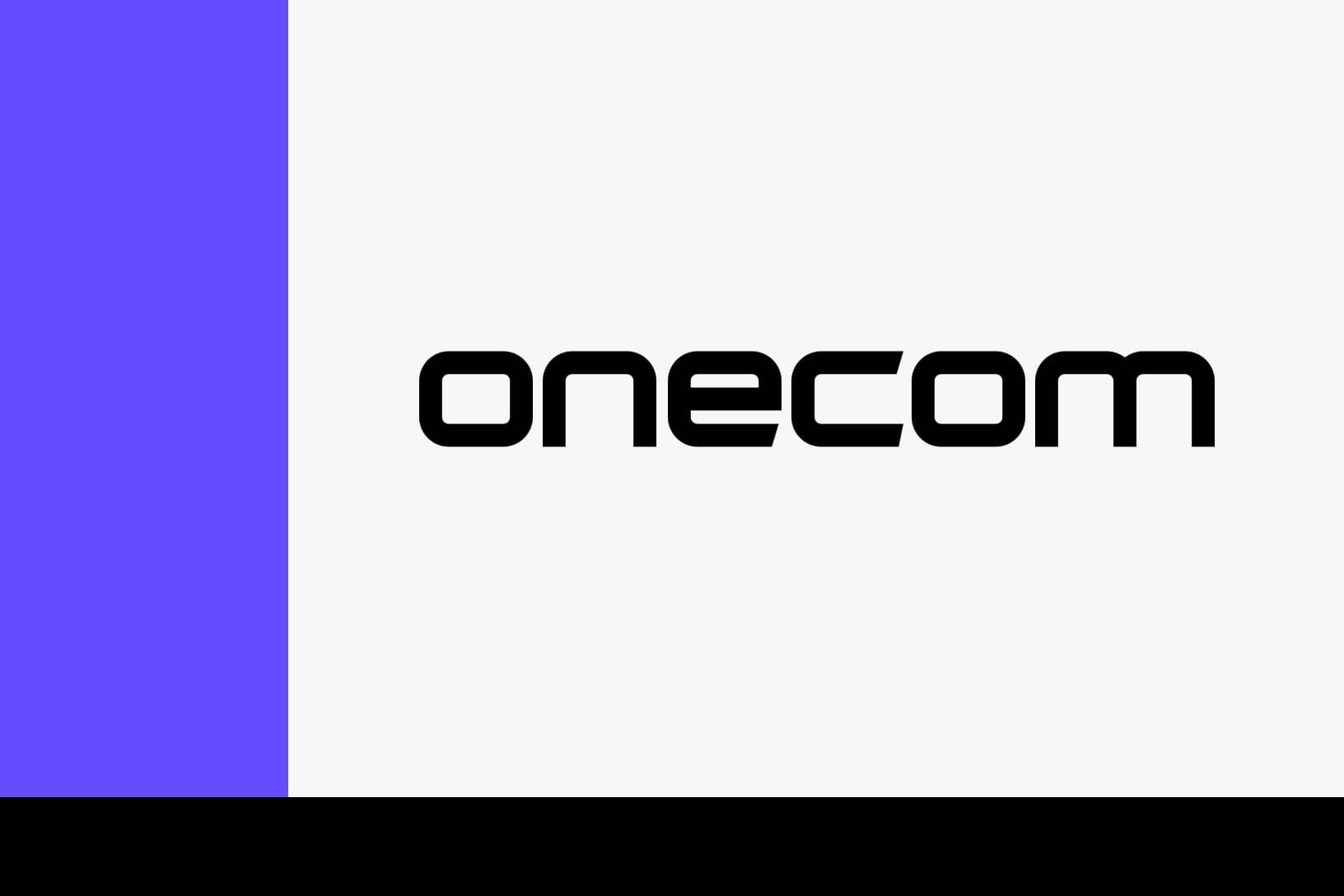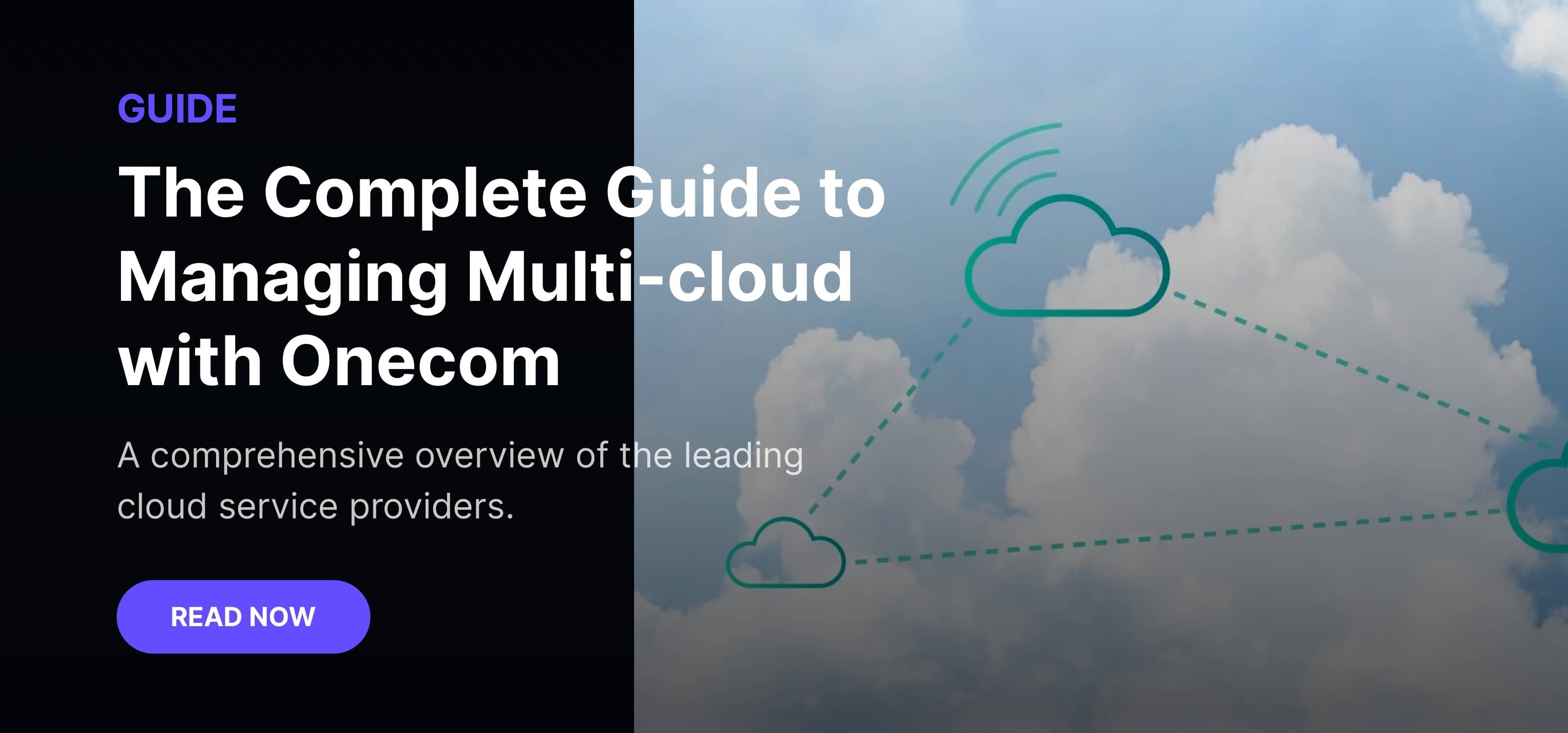The responsibility of cloud compliance doesn't rest on the shoulders of Cloud Service Providers (CSP) alone. They may operate the servers on which you store your data and systems, but it ultimately falls to you to ensure your environment is secure.
Maintaining cloud compliance is easier said than done. From the General Data Protection Regulation (GDPR) to Payment Card Industry Data Security Standard (PCI DDS), every industry is subject to a strict set of regulations established to keep customer data safe.
To make things even more challenging, these regulations are always changing. Factor in the complex nature of today’s multi-cloud environments and it’s no wonder that 44% of enterprises say security and compliance are the biggest barriers to multi-cloud adoption.
Why Cloud Compliance is Crucial
Despite the burden it places on internal teams, you can’t ignore cloud compliance.
Failure to comply with regulations surrounding data security can have severe consequences for your enterprise. This may include punitive fines – consumer credit reporting agency Equifax had to pay a $575 million fine following a large data breach in 2017. In some cases, it could even result in legal action and cause irreparable damage to your company’s reputation.
Put simply, cloud compliance is of paramount importance. Fortunately, it doesn’t have to be a time-consuming and expensive headache.
4 Tips to a Compliant Cloud
1. Know Where Your Data is Stored
The first step towards robust cloud compliance is to know exactly where your data is stored. This might seem obvious, but the very nature of multi-cloud environments makes this difficult. When your data rests with multiple servers operated by a wide range of providers, visibility can be elusive.
Knowing where your data is stored gives you better day-to-day visibility into your cloud environment – an integral component of cloud security and compliance. It also ensures you’re well prepared for your next cloud infrastructure audit.
As part of the auditing process, you must present clear records showing the location of your data, along with the security measures you’ve put in place to protect it. Your CSP should be able to provide you with the necessary documentation.
2. Establish Proper Access Controls
Simply knowing where your CSPs store your data isn’t enough to comply with industry regulations. You must also have adequate controls in place to regulate access to the information contained within your systems.
Access control serves two important functions. Firstly, it verifies the identity of anyone who tries to access your systems. It confirms they are who they say they are. Secondly, it determines whether the user has the right level of access to retrieve the data.
A robust authentication and authorisation process is another cornerstone of a secure cloud environment. Which is why auditors review the strength of your access controls during infrastructure audits, as well as the processes that maintain user access across your enterprise.
3. Encrypt Your Files
Managing your IT infrastructure in the cloud is typically more cost-effective than doing it on-premises. But, to keep costs low, many CSPs employ a multitenancy architecture. This essentially means that customers share the same cloud resources.
Data that's stored or passed through the cloud must be properly encrypted. This ensures you remain compliant with regulations and prevents customers from accessing data that doesn't belong to them.
The majority of CSPs now include encryption as part of their service, taking the burden off internal teams. All the same, it’s important you review the type of encryption they use and how it’s applied.
4. Embrace Automation
A major advantage of the cloud is the ability to leverage automation to manage your IT infrastructure more efficiently. Key to this is Infrastructure as Code (IaC).
To quote IBM, IaC allows you to:
Automate the provisioning of infrastructure, enabling your organisation to develop, deploy, and scale cloud applications with greater speed, less risk, and reduced cost.
From the perspective of cloud compliance, IaC allows you to automatically validate your infrastructure, ensuring it adheres to best practice and complies with appropriate regulations. This approach also enables your compliance teams to assess security requirements whenever you update your systems, rather than relying on sporadic reviews.
Additionally, incorporating automation into your cloud compliance processes helps you quickly identify vulnerabilities within your infrastructure and applications. This increases the speed of remediation deployments which, because they’re made directly to the code, apply to future implementations as well – saving you time and effort resolving recurrent problems further down the line.
Achieving Compliance with Onecom CMSP
Until recently, cloud compliance services were relatively uncommon among CSPs. But, as service costs have levelled out, providers have had to find new ways to differentiate themselves from their competitors. Because of the complexity of today’s multi-cloud infrastructures, many have settled on compliance.
That’s not to say you should rely solely on your providers for cloud compliance. It pays to do your due diligence and make sure any CSP you work with adheres to the same industry standards as you do yourself. Or, you could let us take care of the heavy lifting.
Our Cloud Managed Service Platform gives you access to best-in-breed partners and technology, including the likes of Vodafone, Mitel, Microsoft, and Google Cloud, delivered from a single dashboard. We’re also proud to be Cyber Essentials certified. When you partner with Onecom, you can rest assured that your entire cloud infrastructure is secure and compliant.


